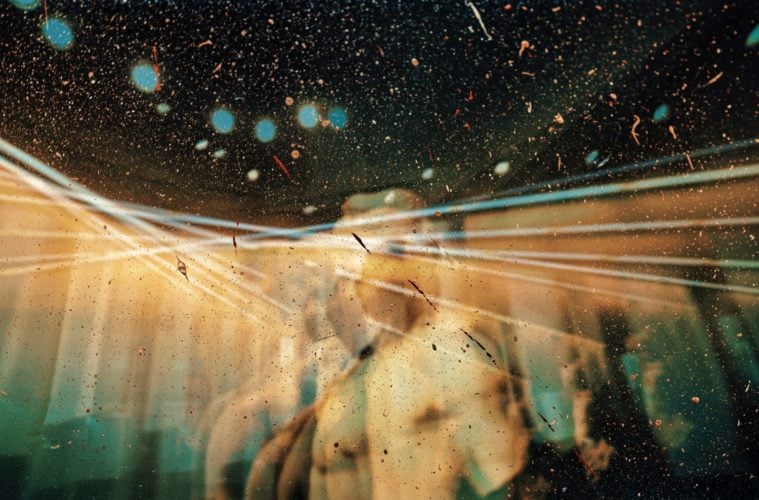Psychedelics are a broad category of drugs that can produce powerful hallucinations and alter your state of consciousness. They have been used for centuries by cultures around the world for religious and spiritual purposes. In recent years, there has been a renewed interest in psychedelics for their potential therapeutic benefits for conditions like PTSD, anxiety, depression, and addiction. Each psychedelic drug has its own unique effects. Take note: most psychedelics are illegal federally but several states have adopted measures to legalize or decriminalize the drugs — checkout our write-up about California’s efforts to legalize psychedelics and the and the newly formed “Psychedelics Caucus” formed in Congress. Whether you’re a curious first-timer or an experienced tripper, read on to learn more about these fascinating substances, in your guide to the different types of psychedelic drugs:
LSD
LSD (lysergic acid diethylamide) is one of the most well-known psychedelics. It’s a synthetic compound that was first synthesized in 1938 by Swiss chemist Albert Hofmann. LSD is one of the most potent psychedelics, with just 20-30 micrograms being enough to produce powerful hallucinations. LSD is typically sold as a white powder or clear liquid, but it can also come in the form of tablets or gel tabs, or commonly, as a small paper with the liquid dried onto it. The effects of LSD kick in after about 30 minutes and can last up to 12 hours. Users often report feeling profoundly altered states of consciousness, including heightened senses and increased range of emotions. Some people also experience visual hallucinations during an LSD trip.
Psilocybin Mushrooms
Psilocybin mushrooms, “magic mushrooms,” or simply “shrooms,” are natural fungi that contain the compound psilocybin. Psilocybin is similar to LSD in terms of its effects on the brain, but it’s shorter-acting, with the effects kicking in after about 30 minutes and lasting for up to 6 hours. Psilocybin mushrooms are usually consumed by eating them dried or fresh, brewing them into a tea, or taking them as capsules filled with dried mushrooms. People who use psilocybin mushrooms report feelings of euphoria, spiritual insights, and increased self-awareness.
MDMA
MDMA is a synthetic drug that was originally developed in 1912 as an appetite suppressant. It wasn’t until the 1970s that MDMA began being used as a party drug. Today, MDMA is best known as the main ingredient in Ecstasy or Molly. It comes in pill form and is usually swallowed, although it can also be snorted or injected. The effects of MDMA include feelings of euphoria, increased sociability, reduced anxiety, and improved mood. Molly is often sold as a pure form of MDMA, but it’s often cut with other substances like caffeine or ketamine, so it’s hard to know what you’re getting when you take it.
Guide to Psychedelic: DMT
DMT (dimethyltryptamine) is a naturally occurring psychedelic substance found in some plants and animals. It’s also found naturally in the human brain and is thought to be involved in our dreams and near-death experiences. It’s been called “the spirit molecule” because it’s said to produce powerful hallucinations that allow users to commune with otherworldly beings. DMT can be consumed in several ways: smoking it using a pipe or bong; taking it orally by drinking it mixed with an ayahuasca brew; or injecting it intravenously using an IV needle (this method is very rare). The effects of DMT kick in very quickly (usually within minutes) and can last anywhere from a few minutes, up to an hour. They can be very intense, with users often reporting intense visual hallucinations and feelings of euphoria. Because DMT is so potent, it’s important to be careful when using it and make sure you have a trusted guide with you if you’re trying it for the first time.
Ayahuasca
Within the category of DMT, Ayahuasca is a brew made from the leaves of the Psychotria viridis plant and the bark of the Banisteriopsis caapi vine. It’s traditionally used by indigenous people in the Amazon basin for healing ceremonies. Ayahuasca contains the psychedelic compound DMT, which means it produces similar effects, including altered states of consciousness, visual hallucinations, and changes in mood and perception. Ayahuasca trips usually last 4-6 hours.
Psychedelic drugs offer a way to explore consciousness and experience reality in new ways. If you’re interested in trying psychedelics, we hope this guide to the different types of psychedelic drugs provided some information of what to expect. While we provided an overview of some of the most popular psychedelics drugs, it is not exhaustive list. Be sure to familiarize yourself with the risks and potential benefits before using any psychedelic drug. And be aware: most psychedelic drugs are illegal, so explore at your own risk.
Read about the efforts to legalize psychedelics in California here, and the newly formed “Psychedelics Caucus” formed in Congress.
Advertising disclosure: We may receive compensation for some of the links in our stories. Thank you for supporting LA Weekly and our advertisers.

